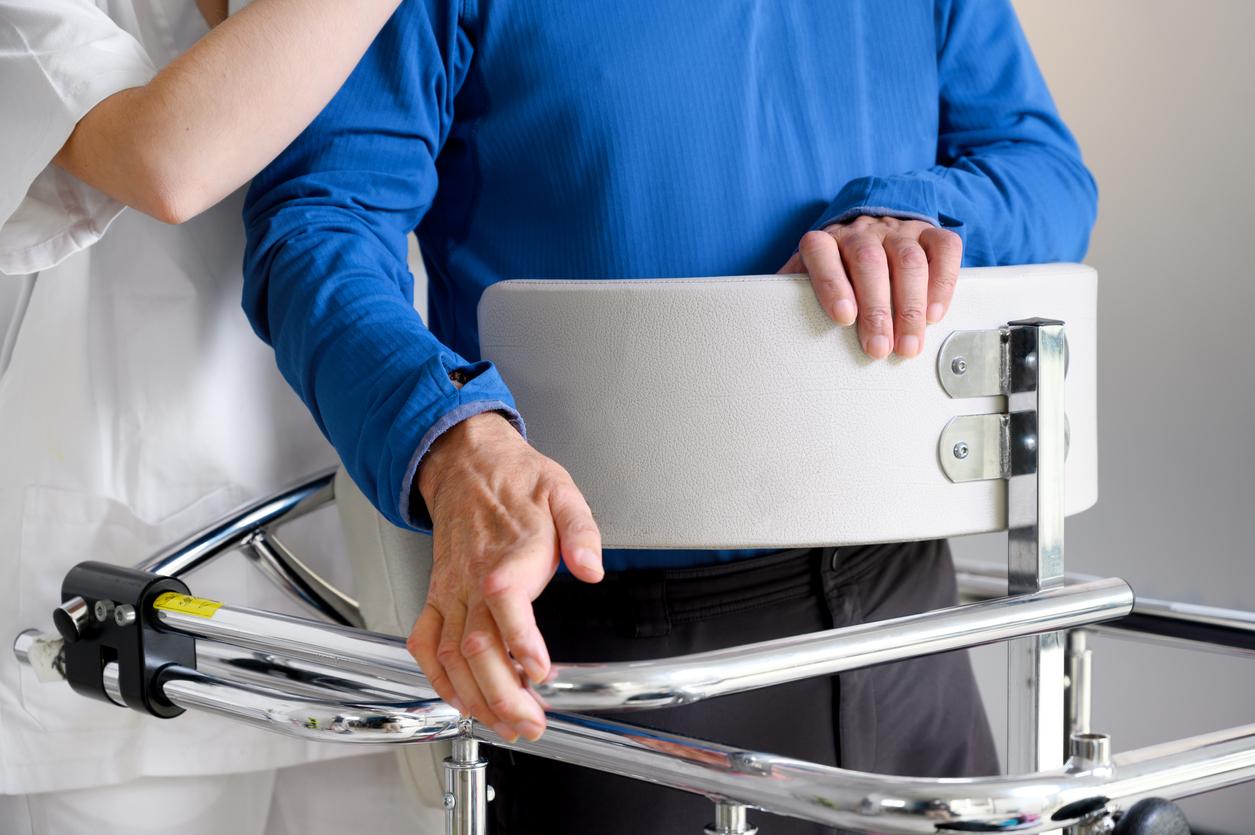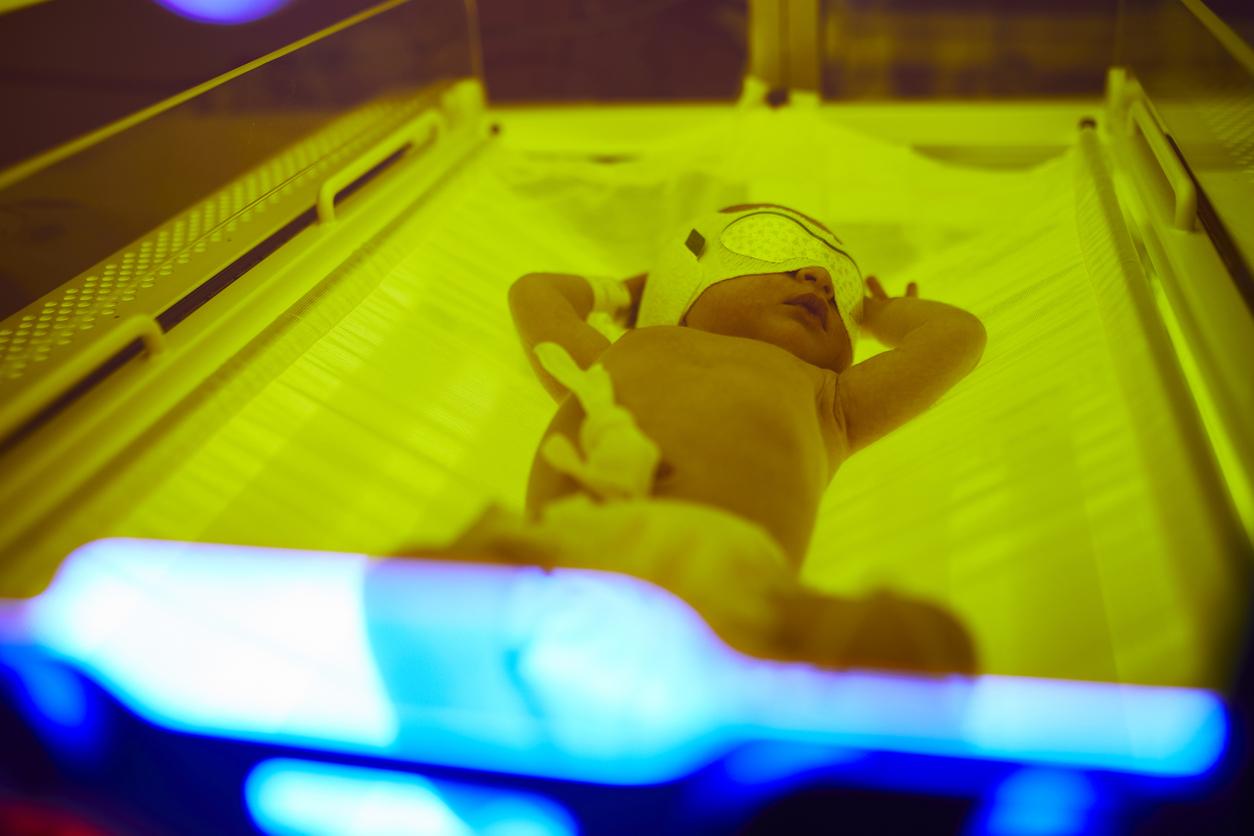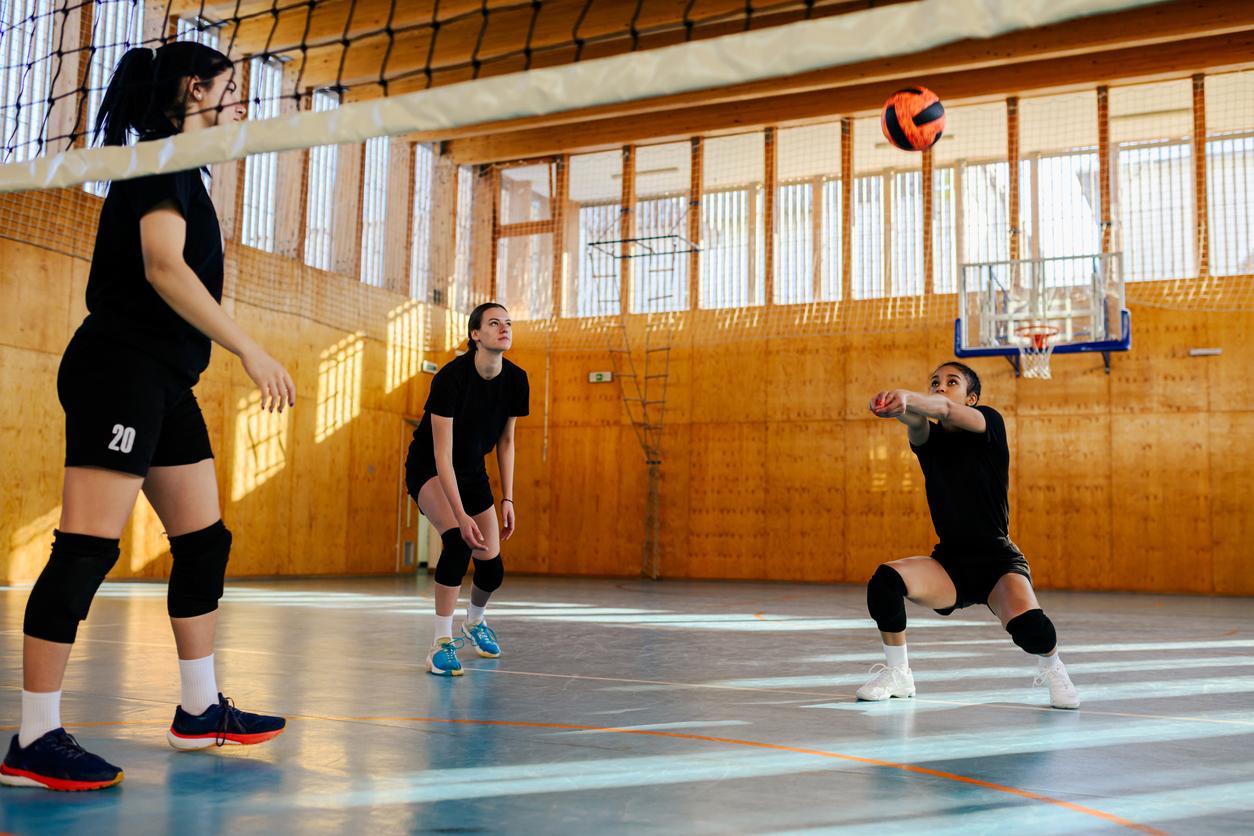While the Omicron variant circulates at significant levels throughout the world, three sub-lineages of Omicron have been defined: BA.1, BA.2 and BA.3, BA.1 being the majority lineage.
Public Health France explains in an article dedicated to BA.2 published on January 25, that it is “normal to observe in a circulating variant a genetic diversification over time and the appearance of new sub-lineages.”
Contagion, severity… What do we know about BA.2?
the sub-variant BA.2 is more contagious than the original Omicron BA.1 : this is the conclusion from a Danish study in pre-publication covering 18,000 people between December 20 and January 18. In Denmarkthis variant has now become the majority, it is therefore particularly followed by the health authorities.
“If someone in your household is infected with BA.2, there is a 39% overall risk that another household member will be infected within the first week. In contrast, if the person is infected with BA.1, the risk is 29%,” said the Danish Infectious Diseases Control Authority (SSI) in the press release published on January 31 and relayed by AFP. In other words, BA.2 is one and a half times more contagious than BA.1.
Another point of the study: vaccinated people, and in particular those who received a booster, are much less likely to be infected.
At this stage, some preliminary analyzes also carried out by the Danish Public Health Agency (SSI) showed no difference between BA.1 and BA.2 in terms of impact on hospitalizations.
Although Denmark has recorded a sharp increase in contamination due to this variant (+43% over 7 days), health restrictions will be lifted on February 2. The country considers that on the one hand Omicron (whatever its form) is less severe and on the other hand that the vaccination coverage is sufficient.
What are the differences between BA.1 and BA.2?
The variants are distinguished by their genetic identity card. Such variant is different from such other variant because it has X mutations that the other does not have.
And one of the major differences between BA.1 and BA.2 is the fact that BA.1 has the 69-70 deletion which is not the case with BA.2. A deletion is a type of modification of the genome corresponding to the absence of a part of the sequence.
Thursday January 20, during the government press conference to announce the schedule for the easing of health restrictions, Olivier Véran was asked about the BA.2 sub-variant. The Minister of Health was reassuring, explaining that this variant “from Omicron”, in other words a “subgroup of Omicron”, is monitored but not classified as a “variant of interest” by the WHO. It “corresponds to the characteristics that we know of Omicron (…) It does not change the situation”, assured the Minister of Health.
How is BA.2 monitored in France? How many cases?
In a number of countries including South Africa and the United Kingdom, BA.1 is detected through the use of a method called S-Gene Target Failure (SGTF), the principle of which is to identify the deletion (therefore the part of the gene lost) of BA.1. As BA.2 does not carry this deletion, it is not counted by this method.
In France, the strategy of screening detects all Omicron without distinction, whether BA.1 or BA.2. It is only in a second time that a sequencing is carried out in order to distinguish the two sub-lineages. In short, screening makes it possible to follow the Omicrons as a whole and sequencing allows a more detailed analysis of the different sub-lineages.
Tuesday January 25, the Minister of Health, Olivier Véran, declared on LCI that out of “10,000 sequencings in real life last week”, BA.2 represented only “60 cases”.
Be careful however, the French sequencing system has a drawback: the results are made public two weeks late. Thus, when Olivier Véran mentions 60 cases, these are sequences recorded and dated two weeks ago. We therefore do not know the exact number of people infected with BA.2 in real time. That said, traffic remains light for now. “To date, according to the sequencing results, there are detections of BA.2 in France, but at “very low” levels and the cases remain “punctual”, indicates Public Health France.
Source:
- Transmission of SARS-CoV-2 Omicron VOC subvariants BA.1 and BA.2: Evidence from Danish HouseholdsJanuary 28, 2022.
- Variant Omicron: what surveillance is in place?, Santé Publique France, 25 January 2022.
Read also:
- Covid isolation certificate: here’s how to get it
- Covid recovery certificate: how to get it? What is the validity period?
- Vaccination pass: where will it be compulsory? How to get it?
















